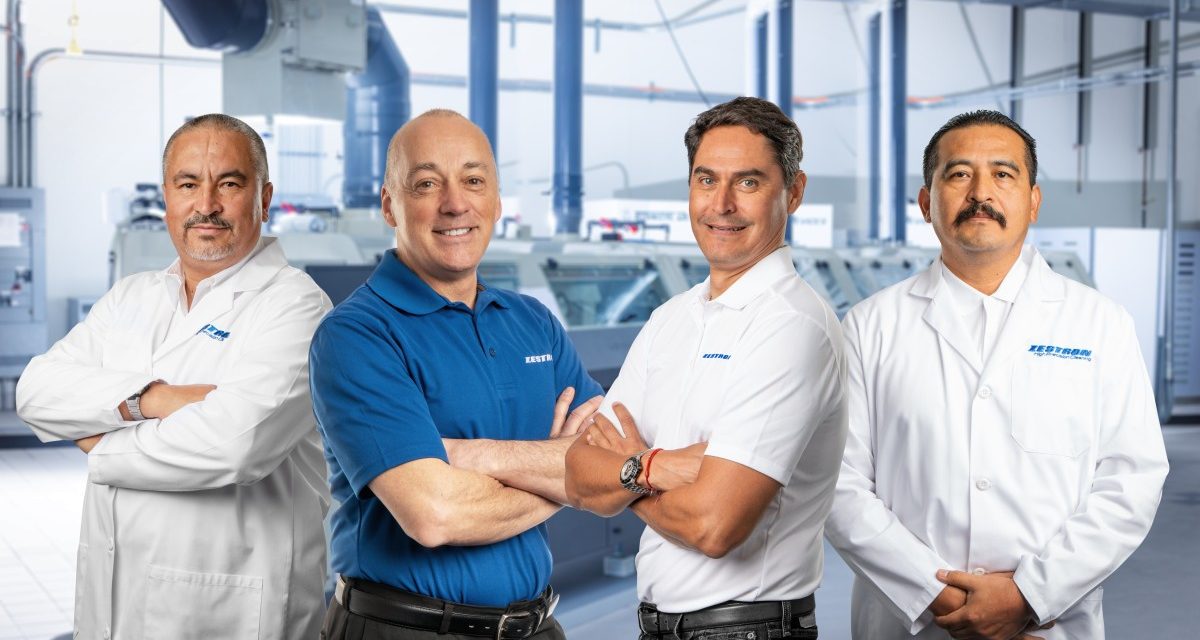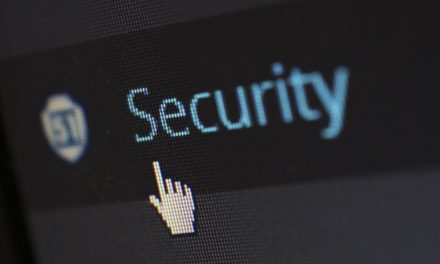EMSNOW Executive Interview: Sal Sparacino, Zestron Mexico – Part Two

Zestron has been operating in Mexico for decades. The Mexico team has a number of initiatives to enable customers to ‘Design for Sustainability’. That country was one of the first to pass specific laws about climate change. We caught up with Sal Sparacino who heads up the team in Mexico to learn more about Zestron’s extensive work in this arena in that critical Americas manufacturing center. This is Part Two. Read Part One here.
EMSNOW: How do you address the issue of waste generated from your products?
To address this question, one must understand how waste is generated from a aqueous cleaning process. There are three key steps to a wash process and each can generate waste. These are wash, CI (Chemical Isolation) and rinse.
Wash process: within the wash tank, the concentrated cleaning agent is diluted with deionized water to the required working concentration. The wash bath is heated and recirculated through a spray manifold onto the PCB surfaces thereby solubilizing and removing the flux residues. Over time, the wash bath accumulates contamination and requires replacement. For an average inline spray-in-air cleaning process, the wash bath volume varies up to 90 gallons or so.
Waste is generated through wash bath changeover. Zestron water based cleaning agents are used at low concentrations, typically 10% to 12%, and have a longer bath life as compared with competitive products. Thus, bath changeover requirement is minimized. This impacts wash bath waste generation in two ways. First, less concentrate cleaning agent is used over time. Second, given the extended bath life, fewer bath changes are required. Combined, less waste is generated with a Zestron wash process.
CI: This is a process step to minimize cleaning agent carryover into the rinse water section of the cleaner. Effective CI is critical to minimize cleaning agent usage and rinse water contamination. CI can be accomplished using water (wet CI) or air (dry CI). Using wet CI, the effluent is disposed through the site drain system provided this is in accordance with EHS guidelines. An alternate disposal method is through evaporation. If using wet CI, the effluent stream can also be closed looped with zero discharge. However, a closed loop CI requires a carbon and mixed bed purification process. However, using Dry CI eliminates any effluent stream.
Rinse water: For an aqueous based cleaning process, high quality rinse water is required which is created through a deionized filtration system. Rinse water can be discharged to the facility drain or closed looped through a filtration system eliminating the discharge.
EMSNOW: What is the most common product used today that individuals are looking to replace due to these initiatives?
IPA (Isopropyl Alcohol) is widely used in the electronics industry as it is compatible with most materials used in electronic equipment and is inexpensive. It is a clear, colorless, flammable organic compound with a distinct odor. However, IPA that is 99.9% pure is 99.9% VOC. Thus, given ESG (Environmental, Social and Governance) initiatives, many companies are seeking alternatives to IPA.
So, where is IPA used in electronics manufacturing? Numerous applications including, defluxing PCB repair and rework, stencil cleaning, and numerous maintenance cleaning applications. For each of these applications, there are aqueous based cleaning agent alternatives. Some electronic assemblies may include MSD (Moisture Sensitive Devices) which precludes the use of aqueous based cleaning agents for defluxing. In these cases, a solvent such as IPA is required. However, Zestron has numerous solvent choices that are safer to use as compared with IPA. That is, they have a higher flash point and significantly lower VOCs.
EMSNOW: Can you discuss any research and development efforts focused on developing innovative, sustainable materials or manufacturing processes for electronic products?
The next advancement in developing products in support of sustainability objectives is creating cleaning agents for the electronics industry that are based on using renewably sourced raw materials.
ZESTRON is currently working on bio-line products that include raw materials from renewable sources such as plants, and they are designed to be more environmentally friendly and sustainable compared to traditional materials used in electronics. Bio-line products align with the principles of sustainability and circular economy, as they prioritize the use of renewable resources, promote biodegradability or compostability, and minimize environmental harm throughout their life cycle.
EMSNOW: How do you incorporate circular economy principles into your product offering?
Our current economy is a linear process. Materials are extracted from the earth, converted into products, and eventually thrown away as waste. In a circular economy, waste must be eliminated. As defined by the Ellen Macarthur Foundation, the circular economy is based on three principles, driven by design:
- Eliminate waste and pollution
- Circulate products and materials
- Regenerate nature
Zestron cleaning agents have been formulated to perform at the lowest concentration levels while offering extended wash bath life. Over the life of a given cleaning process, electronics manufacturers will use less concentrate cleaning agent and require significantly fewer wash bath changes combining to minimizing waste.
Additionally, given our bio-based product development program, many of our source materials will be from renewable sources for many of the cleaning agents produced in the future.












